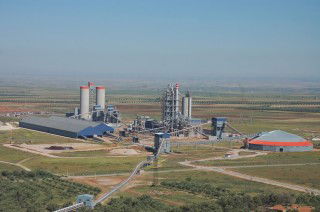Tanzania’s GDP has proven robust and is growing, resulting in major government infrastructure construction projects. This infrastructural transformation is boosting domestic cement demand but operational challenges for local producers remain. Meanwhile, changes to the corporate landscape have been hitting the headlines. By ICR Research, UK
Tanzania has experienced strong economic growth in recent years, attributed to the high level of exports in natural resources and developments in the tertiary sector (telecommunications, transportation, finance and tourism).Although GDP growth decelerated from seven per cent in 2019 to 4.8 per cent in 2020 following the outbreak of COVID-19, Tanzania was one of the few economies not to fall into recession, thanks to gold exports and only light pandemic restrictions. In 2021 GDP advanced by a further 4.9 per cent, while in 2022 growth is estimated to have remained steady at 4.7 per cent supported by public and private investment – mostly in infrastructure projects. For 2023, the IMF forecasts GDP growth of 5.2 per cent.
